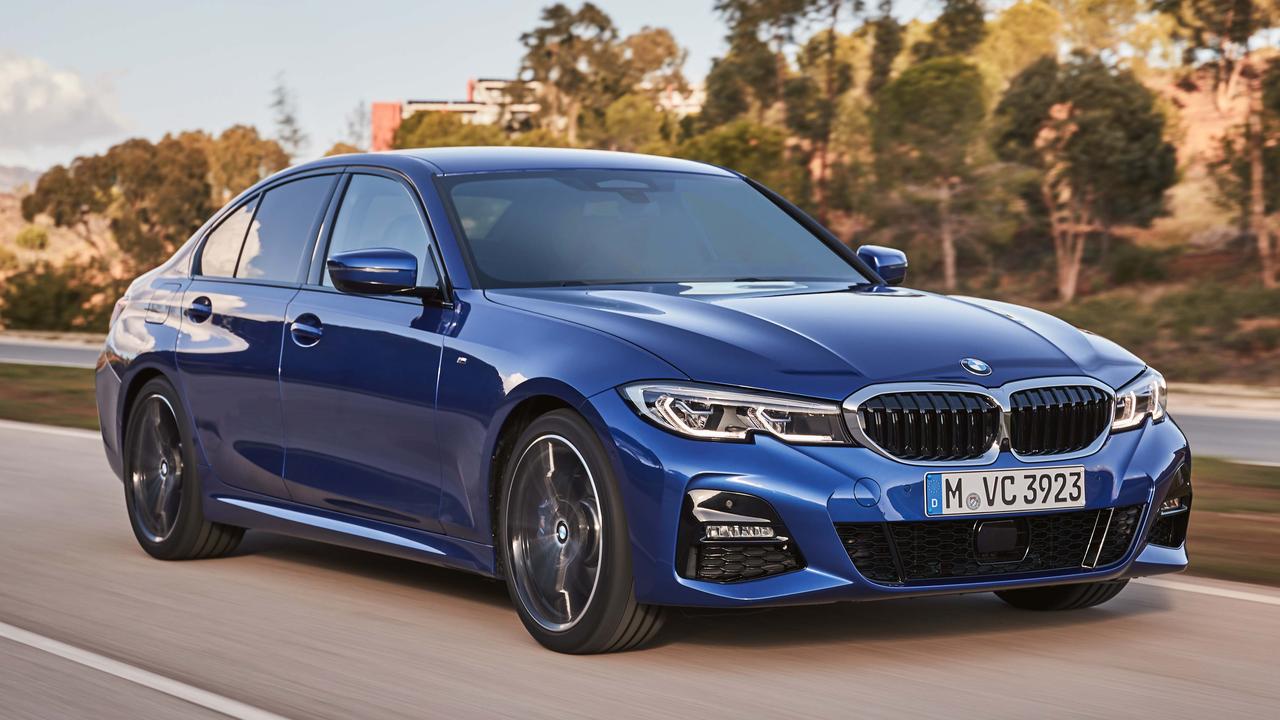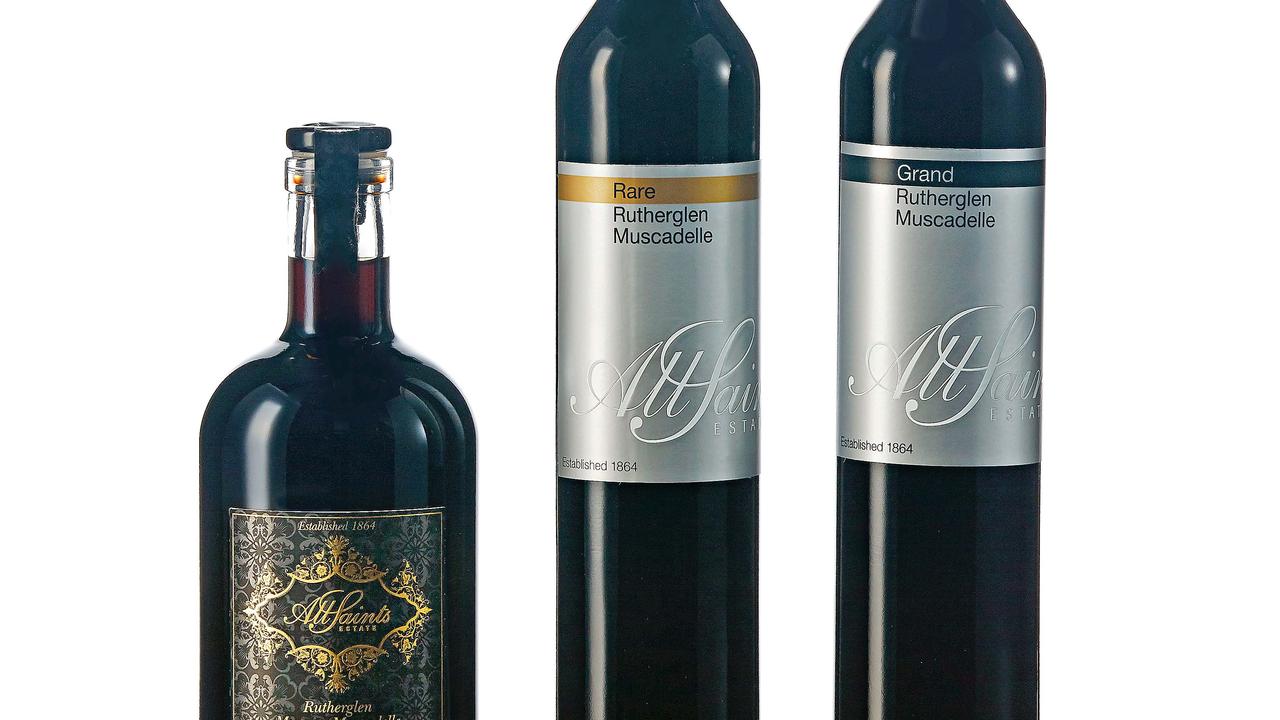Wine with me
Have you ever tried a glass of Durif?
Durif was discovered in the 1860s in an experimental vineyard in France's Isere region, and takes its name from the man who'd established the vineyard. Subsequent DNA research, according to Jancis Robinson in Wine Grapes, has shown it was a cross between syrah and peloursin.
Dr Francois Durif is said to have known the mother of durif was peloursin, but did not realise the father was syrah. It is ironic that California (with 2865ha of the world's 3557ha plantings) should have propagated it under the name petite syrah, and still uses that name.
In 1908, Dr Francois de Castella brought durif to Rutherglen, where replanting of the vineyards was necessitated by phylloxera. For much of the 20th century Rutherglen was the epicentre of Australian durif production, the climate capable of producing deeply coloured, full-bodied, lusciously black-fruited dry reds.
The grapes are surprisingly thin-skinned and not as tannic as one might imagine. Alcohol is a variable feast: it will depend on the vintage conditions, the type of soil and the winemaker's decisions on the interaction of those and other factors. As a general rule, durif can handle higher levels of alcohol than other red varieties.
Andrew Smith of Warrabilla is the leading exponent of high-alcohol wines: his 2014 Reserve Durif has 16% by volume, yet isn't clumsy or hot. At the other end of the scale, Cofield and Scion Vineyard show that keeping the alcohol around 13.5% does not strip the wines of ripeness or varietal expression.
Durif's ability to retain its essence come hell or high water has seen its rapid growth elsewhere in Australia, especially in the Riverland and Riverina.
Thus, in 2016, 5758 tonnes were crushed but only 298 tonnes were grown in Rutherglen. Imitation the sincerest form of flattery? Yes, so it seems.
2014 SCION RUTHERGLEN DURIF VIOGNIER
With 3% co-fermented viognier, 15% whole bunch durif and 20% new French oak, vigneron Rowly Milhinch has made the traditional image of durif stand on its head. It is vibrant and fresh, interposing red nuances in the foundation of dark berry fruit flavours. Its balance is such that you can enjoy it now or in 10 years. 13.2% alc, screwcap 94 points, drink to 2026, $42
2012 ALL SAINTS ESTATE FAMILY CELLAR DURIF
A textbook example of a variety known for its generosity but less for its medium-bodied elegance. This nails both, its flavours rolling along the tongue, tannins and oak simply marking the boundaries of the game, lying midway between the Scion and Pfeiffer Durifs. 14% alc, screwcap 95 points, drink to 2027, $62
2014 PFEIFFER DURIF
From two vineyards, each vinified separately, two days cold soak, fermented on skins at 20-25°C. Dense, inky purple-crimson; unashamedly full-bodied, made for the long haul, or in winter by a fireside, or a beach night barbecue. When to drink? Now, that's the question. It's as close as a table wine can go to being timeless - now or in 1000 days hence. 14.5% alc, screwcap 94 points, drink to 2040, $32


